CEO Antonio Neri: 10 Boldest Statements From HPE Discover 2021
HPE CEO Antonio Neri told reporters in a pre-Discover press conference that HPE has built up ‘years of differentiation’ in the on-premises cloud services market with GreenLake that will be difficult for competitors to match.
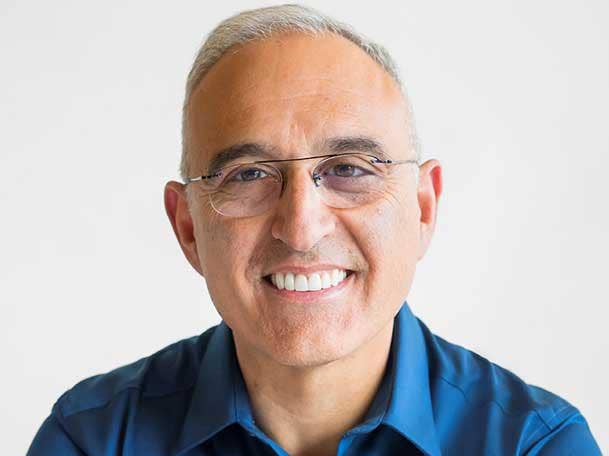
Accelerating HPE’s GreenLake On-Premises Cloud Advantage
See the latest entry: HPE Discover 2022: CEO Antonio Neri’s 10 Most Provacative Statements
Hewlett Packard Enterprise CEO Antonio Neri said the company is accelerating its GreenLake on-premises cloud services market leadership position versus competitors with new innovation like Silicon on Demand, the HPE GreenLake Lighthouse multiple cloud services platform and the Project Aurora zero trust architecture.
“This is about advancing our vision to offer everything as a service through an edge to cloud architecture where GreenLake is the North Star of everything we do in the company,” said Neri of the new innovation HPE is unveiling this week at HPE Discover Virtual 2021. “Clearly we have market leadership and differentiation, and with a series of announcements we are accelerating that differentiation and market leadership.”
With Silicon on Demand, Neri said HPE is teaming with Intel to provide breakthrough innovation no other vendor or even public cloud provider can provide. “None of the cloud providers—public cloud or other competitors—are offering what we call Silicon on Demand,” he said. “What that means is with a single click I can turn cores on and off. If I need more cores, I turn it on. If I need less cores, I turn it off.” That ability to turn cores on and off is expected to yield dramatic cost savings for customers dealing with on-premises enterprise licensing software that is based on the number of processor cores.
With GreenLake Lighthouse, Neri said HPE is providing a cloud-native offering that allows customers to instantly deploy workload-optimized multiple cloud services. “What that does is it removes a tremendous amount of configuration complexity and all of the procurement cycle where you have to go patch together compute, storage and all the runtime you need to put together,” said Neri. “We give the customer the fully deployed configuration right up front with one single click.”
Finally, with Project Aurora, customers get cloud-native, zero trust security from edge to cloud. “Zero trust means you trust nothing, but ultimately it is how we attest that everything in your environment is secure from the user to the application to the operating system to the firmware to the hardware,” said Neri.
Here are Neri’s 10 boldest statements from his pre-Discover press briefing with reporters.

On HPE Competitors Getting Into The On-Premises Services Market
I welcome their entrance into this space because it validates what we said a few years ago about the world being hybrid and moving to a consumption-driven model and the edge is the next frontier. That has all taken hold.
We had to go unfortunately through an event like the pandemic to see that growth and acceleration. That is why we see the numbers we posted in the second quarter with intelligent edge growing 20 percent in actual dollars, where we saw [GreenLake] as a service continue its strong momentum.
But this is all about an experience. It is not about technical widgets. That experience to bring it together is very hard to do. It happens through the software layers and that is where HPE has been investing for a number of years with the original vision with Flex Capacity but ultimately through that GreenLake experience that we brought to the market over the last 24 months. Now obviously this week we are accelerating.
It is all about that experience we can provide through the software integration and then leverage our portfolio from the edge to the cloud to deliver workload-optimized solutions that you can consume as a service.
I think we have years of differentiation here that is hard to really close [the gap] unless you invest quite significantly in software or inorganically finance this to integrate as quickly as possible.
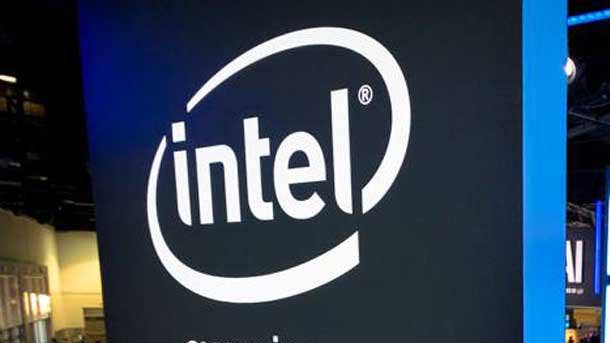
On HPE’s Silicon On Demand Breakthrough
This is unique. None of the cloud providers—public cloud or other competitors—are offering what we call Silicon on Demand. What that means is with a single click I can turn cores on and off. If I need more cores, I turn it on. If I need less cores, I turn it off.
Today we go at this at the virtual or container level. Now I am taking this to the silicon level. That is a significant improvement because we know there is a lack of utilization trapped in your infrastructure.
We believe we can take it to the smallest amount of unit you can think about—the core level. So we are introducing what we call Silicon on Demand, which is a partnership with Intel. Intel is doing that just with us at least for now because they know we are a unique vendor that has a huge advantage in as a service with software and metering capabilities nobody else has in the market that allows us to measure at the core level. Therefore in a true pay per use we can turn on and off cores.
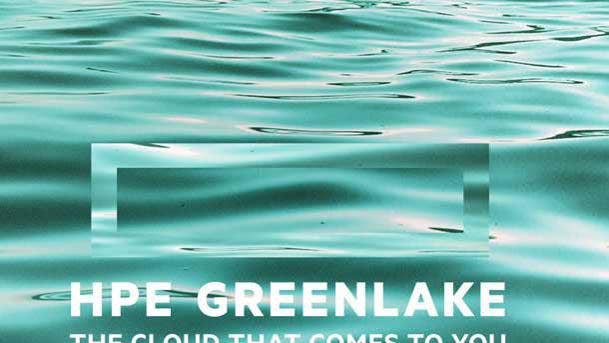
On GreenLake Lighthouse—A Cloud-Native Platform To Run Multiple Workloads
HPE GreenLake Lighthouse is a true cloud-native fully optimized workload solution. Think about in this massive distributed enterprise, cloud will live everywhere.
We have always talked about the fact that for us cloud is not a destination, it is an experience for all your apps and data. But more and more we live in a distributed enterprise so if I need a cloud capability to run multiple workloads now you can do it with HPE GreenLake Lighthouse, which is a true cloud-native solution. So from a click of a button in HPE GreenLake you can deploy a cloud solution and run multiple workloads. You get standard configurations—small, medium and large—and workload optimization happens on top of it. What that does is it removes a tremendous amount of configuration complexity and all of the procurement cycle where you have to go patch together compute, storage and all the runtime you need to put together. We give the customer the fully deployed configuration right up front with one single click.
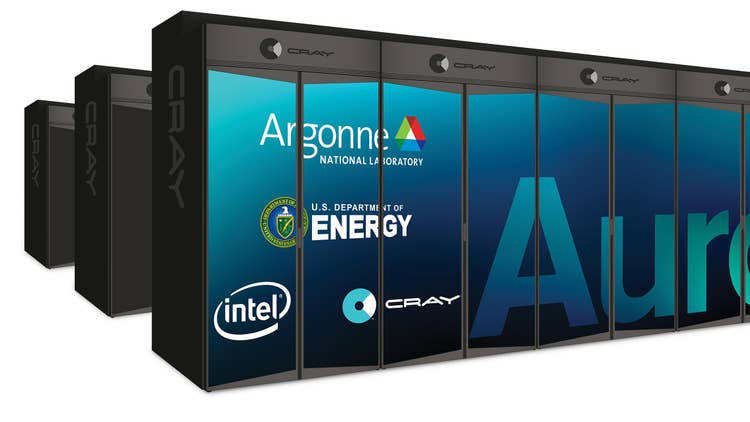
On Project Aurora—A ‘Revolutionary’ Zero Trust Architecture For HPE GreenLake
Project Aurora is a cloud-native, zero trust security from edge to cloud. That means, as we know, SASE is one aspect of the edge implementation with security. The other one is zero trust. Zero trust means you trust nothing, but ultimately it is how we attest that everything in your environment is secure from the user to the application to the operating system to the firmware to the hardware.
You are very familiar with our Silicon Root of Trust. We have taken that to the next level with our cloud-native zero trust integration of SPIFFE [the Secure Production Identity Framework for Everyone] and SPIRE [the SPIFFE Runtime Environment] in a cloud-native deployment of open source. But then what we do is connect to these endpoints and in between to attest that everything is secure with a zero trust approach, which I think is revolutionary because it fortifies all your investments. Without changing anything, we actually make it more secure in a modern, open way.
We are making that introduction tomorrow as a preview. By the end of the year it will be fully integrated with both Lighthouse and with HPE GreenLake. So it comes with a platform and it comes with the solution you are deploying—one less thing to worry about.

On The HPE Ezmeral Data Fabric Advantage Versus VMware And Red Hat
HPE Ezmeral has been for us a point of differentiation too, particularly with these cloud-native data-intensive workloads. You should think about Ezmeral as kind of an enabler of HPE GreenLake to accelerate our pivot in a multi-cloud, native architecture. It is not just, ‘Oh, I have an alternative to VMware and Red Hat.’
And, by the way, for certain aspects of the workloads it is actually performing much better because we integrated things like MapR and BlueData storage that give us in a true runtime a differentiation for these data-intensive workloads. But when you do it as a service you need to integrate the whole thing in a workload-optimized [way] and then use the runtime to deliver that experience with that portal experience, which is all software.
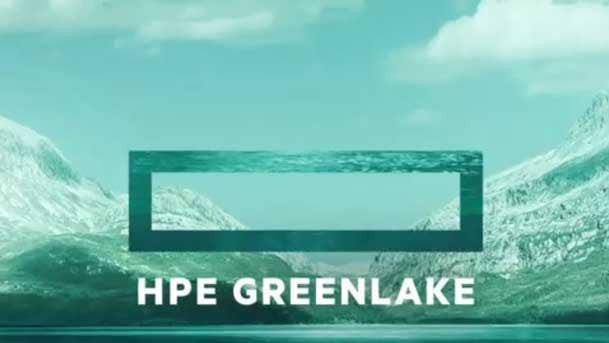
On Why GreenLake Could Become Better Known Than HPE In Five Years
Yes absolutely. That is the intent. That is the goal. That is why we laid out a vision that GreenLake should be synonymous to HPE. Absolutely. This will be our leading product, our leading offer, our leading experience, where everything else underneath is part of that experience, whether that is connectivity as a service, whether it is data services, whether it is workload optimization, whether it is AI/machine learning. All of that caters to that [GreenLake] platform. That is why we call GreenLake the edge to cloud platform. That is why we said HPE is the edge to cloud platform as a service company.
If they confuse GreenLake with HPE, I am good. I would rather they confuse GreenLake with HPE and not HPE with HP Inc. That would be a winner.
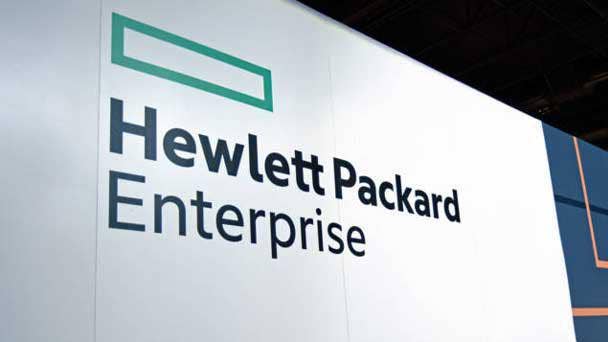
HPE—A Cloud Operating Company
Everything we do is to become a cloud operating company—not just a provider of great, phenomenal infrastructure which is still needed but in a different experience and configuration. So when you think about the value of the cloud it is all about speed and agility. In order to be relevant with customers, you have to provide a cloud experience wherever that application and data lives.
One of the large public [cloud] providers said that 96 percent of application and data is still on premises. That is a natural habitat, if you will. But we see more and more of that moving to the edge.
It is no surprise to me that the public cloud providers want to bring that cloud experience to the edge, meaning the data center or the further edge, which is where we live and work. We are already there and we can bring the cloud to you. That is why we say HPE GreenLake is the cloud that comes to you. We can provide the same experience and in many cases at a lower cost.
If you think about the cost of the cloud it is no longer about your need to ride the new innovation curve, which obviously these cloud providers drive to at an amazing scale. But it is the fact that the cost of compute is no longer the biggest issue. It is the cost of moving data back and forth. Data has gravity. Data is obviously the most valuable asset that customers have today. When you move data you incur significant cost to egress it back. Second, you may be dealing with some compliance challenges, particularly some verticals. And third, you may expose yourself to some cyber issues.

The Hybrid Mandate—Avoiding Walled Gardens
Customers have realized they need a hybrid strategy. But they want a consistent strategy. They don’t want to go into three, maybe four different walled gardens. I may go into one of the public clouds and it looks this way. The second one looks that way. But between the two of them is walls. Then I go into my on premise and it looks different. What I want is homogeneity, if you will, across the entire hybrid experience. But I want one way to pay and I want one integrated experience. In order to do that you need to become a cloud operating company. That is where edge to cloud architecture is becoming so relevant because everything we do inside our company is in a true cloud orientation way and it manifests itself in our offer with GreenLake. Let’s be clear: Servers are important, storage is important, but you need to deliver that in a different way.

On Why CEOs Need To Drive Digital Transformation
Every company is an IT company today. If you don’t understand technology you are going to have a hard time competing going forward. You don’t have to be an uber engineer to understand how technology advances your strategy.
I am actually encouraged because obviously I talk to my peers. The other day I was talking to [the CEO of] a large financial institution in France, one of the largest banks. He was very keen to understand more. And I had on the call the CEO and the CIO.
In the end, we believe everybody is an IT company. We live in a digital economy. Data is the new currency. Those who can extract the insights from the data faster will be the winners. Every CEO has to have an agenda around that. Underneath you have to have a staff that drives this for you every single day. You need to make the right bets, the right investments, and then measure and hold people accountable on that return on investment. And ultimately transform the company. You have got to become a digital company to compete and win in today’s market. And the CEO needs to get it. And, by the way, the board is becoming more engaged with this every single day.
I’m a director in a health-care company [Anthem]—the second largest health-care provider. The CEO asked me to be on the board because she came from health care. She didn’t understand technology but she went on to bring someone who understands technology on to the board to make sure she has a sounding board on one end and also to help drive the right long-term strategy. It has been invaluable to me because obviously I play a very strategic role but at the same time I get to learn the transformation that is taking place in the health-care business.
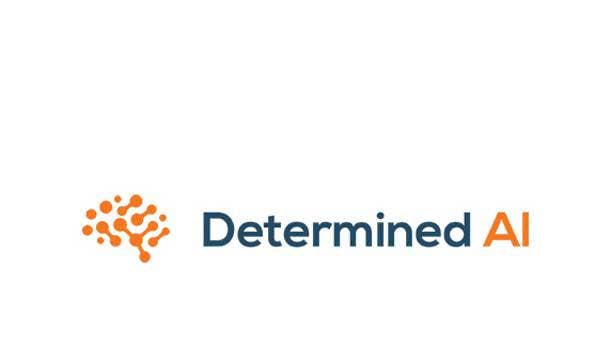
On The Acquisition Of AI Startup Determined AI
I’m incredibly excited about this small acquisition. It is very symbolic of what we see in the market. Determined AI is a unique company focused on artificial intelligence and deep learning. It is really about making it simple for customers to adopt [AI and machine learning].
The way to think about Determined AI is the capability to allow customers to deploy these ready-to-run models for AI—the training models, out of box, ready to be deployed. If you think about AI today or machine learning or deep learning, one of the biggest challenges customers have is they don’t have the expertise. Secondly, there is a lot of preparation of data that happens up front, then you need to to architect the right algorithms, then you need to run it and then you need to deploy that outcome somewhere.
With Determined AI we complete that stack from obviously best-foundation technologies with the acquisition of Cray that can be integrated into a system at massive exascale capabilities.
We already had an attractive programming environment for AI, big data simulation and modeling with the Cray programming environment. Now we put on top of that Determined AI with training models which are ready to be deployed. So we make it much easier for customers, which means they don’t need Capex, they can consume it as a service and they can focus on data, which is the value of their business.
We continue to make the right investments in areas where we can differentiate ourself. Clearly HPC [high-performance computing] is a space we dominate today. We are the clear market leader and we think this will accelerate that position in the market.